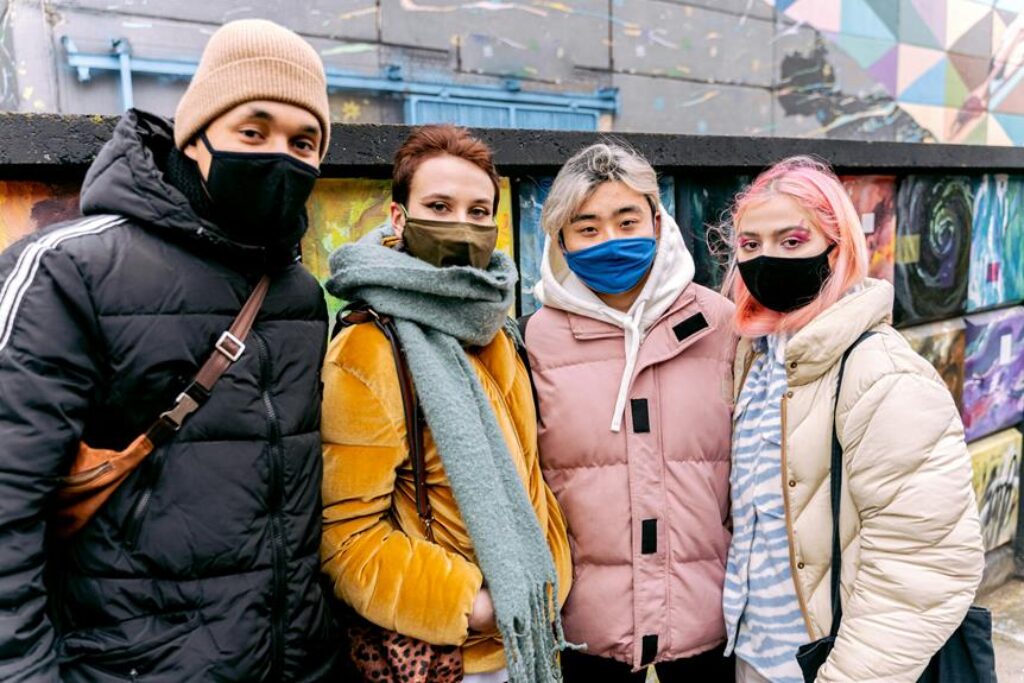
When venturing into the great outdoors, the way you layer your clothing can make or break your experience. Proper layering isn’t just about staying warm; it’s about being prepared for whatever Mother Nature throws your way. Imagine having the versatility to adapt seamlessly to changing weather conditions, ensuring you stay comfortable and dry throughout your journey. But how exactly can you master the art of layering to elevate your outdoor adventures?
Benefits of Proper Layering
Proper layering enhances your comfort and protection during outdoor activities. By wearing multiple layers, you create a system that helps regulate your body temperature and manage moisture effectively. The key is to start with a moisture-wicking base layer that draws sweat away from your skin, keeping you dry. This base layer acts as a foundation for the rest of your clothing, preventing discomfort from sweat sticking to your body. Adding an insulating layer on top helps trap heat close to your body, keeping you warm in colder conditions. Finally, a waterproof and windproof outer layer shields you from the elements, ensuring you stay dry and protected from rain, snow, or strong winds.
Beyond temperature regulation, proper layering also offers versatility. You can easily adjust your clothing to adapt to changing weather conditions or activity levels. Instead of being stuck in one bulky jacket, you have the flexibility to remove or add layers as needed. This adaptability allows you to stay comfortable and enjoy your outdoor adventures to the fullest.
Types of Outdoor Layering
When gearing up for outdoor adventures, consider the different types of layering to maximize your comfort and protection.
The three main types of layers are base layers, mid layers, and outer layers. Base layers are designed to be worn directly against your skin and help regulate your body temperature by wicking moisture away. They come in various materials like merino wool or synthetic fabrics.
Mid layers provide insulation and help retain heat close to your body. Fleece jackets or down vests are common examples of mid layers.
Outer layers, such as waterproof and windproof jackets, protect you from the elements like rain, snow, or strong winds. It’s essential to choose layers that are breathable, moisture-wicking, and quick-drying to keep you comfortable during your outdoor activities.
Depending on the weather conditions, you can mix and match these layers to stay warm, dry, and comfortable throughout your adventures.
Tips for Effective Layering
To effectively layer for outdoor adventures, ensure each layer serves a specific purpose in keeping you comfortable and protected. Start with a moisture-wicking base layer to keep sweat away from your skin. This helps regulate your body temperature and prevents chafing.
Next, add an insulating layer to trap heat and provide warmth. This could be a fleece jacket or a down vest, depending on the weather conditions.
Finally, top it off with a waterproof and windproof outer layer to shield you from the elements. A good quality jacket will keep you dry during rain or snow and protect you from harsh winds.
When layering, remember the importance of versatility. Choose clothing that can be easily added or removed to adapt to changing weather conditions. Additionally, consider the fit of each layer. A snug base layer will be more effective at wicking moisture, while looser outer layers allow for better movement.
Layering Essentials for Every Adventure
For every adventure, having the right layers is essential to staying comfortable and protected in varying conditions. Start with a moisture-wicking base layer to keep sweat away from your skin, helping regulate your body temperature.
Choose a mid-layer like a fleece or down jacket for insulation, trapping heat to keep you warm. The outer layer should be waterproof and windproof to shield you from the elements.
A good pair of moisture-wicking socks and proper footwear are crucial to prevent blisters and keep your feet dry. Don’t forget to protect your head and hands with a hat and gloves, as they can lose heat quickly. In colder conditions, add a beanie and thermal gloves for extra warmth.
Consider the terrain and weather conditions to determine the appropriate layers needed. Remember, layering allows you to adjust your clothing as needed, ensuring you stay comfortable and safe during your outdoor adventures.
Choose high-quality, versatile pieces that can adapt to different environments, making your experience more enjoyable.
Camping














